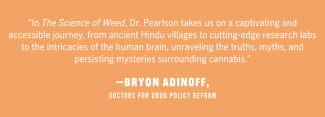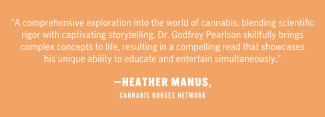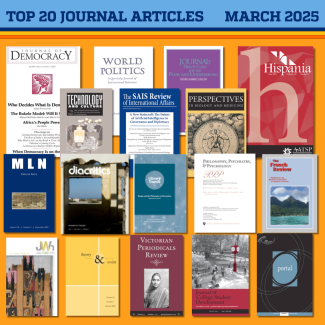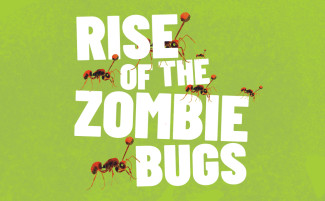
Weeding Out the Facts: A Scientific Exploration of Cannabis

Cannabis, marijuana, weed: whatever you call it, cannabis is a plant that has sparked curiosity, controversy, and enthusiasm. Dr. Godfrey Pearlson’s book The Science of Weed explores the history, science, and social impact of cannabis, giving readers a fascinating insider look into its chemical complexity and social context. From medical applications to the cultural and psychological effects, Pearlson offers readers a detailed and science-backed explanation of how cannabis affects our bodies and minds.
Cannabis is a botanical powerhouse with over 500 compounds, each working uniquely in our bodies. THC and CBD, two well-known compounds, have very different effects, from euphoric highs to potential medical benefits. Pearlson explains that cannabis’s effects vary by strain, dosage, and even by each person’s biology. The psychoactive compound THC has famously brought about shifts in perception, creativity, and even time.
One of the most compelling discussions is around cannabis’s potential for treating medical conditions, such as alleviating chronic pain and aiding PTSD sufferers. Pearlson discusses clinical trials and challenges around testing cannabis's medical benefits, including navigating legal restrictions that have slowed research in the United States. He argues that while cannabis holds therapeutic potential, understanding the science is crucial to using it responsibly.
Pearlson doesn’t shy away from the heated debates around cannabis legalization. He notes that both advocates and opponents of cannabis often “cherry-pick” scientific studies to support their views. Legalization may reduce opioid prescriptions and drug-related crime, but the book also points out possible risks, such as increased traffic accidents in states where cannabis is legal. By breaking down the research and the rhetoric, Pearlson encourages readers to think critically about the societal impact of this powerful plant.
Cannabis is no stranger to the global stage. Used in Hindu rituals for centuries and central to festivals like Holi, cannabis has long been intertwined with cultural traditions. Pearlson takes readers from ancient India, where it was consumed as “bhang,” to modern festivals in the United States, where cannabis has become a celebration staple. These historical threads help readers see cannabis beyond its modern-day controversies, illustrating a cultural significance that dates back thousands of years.
Ultimately, Pearlson argues for a balanced, science-based approach to cannabis. He makes a case for ongoing, open research to fully understand cannabis’s benefits and risks. As he puts it, the science is young but promising—and as society changes, so should our understanding of this ancient plant. This book is a must-read for anyone interested in the fascinating blend of chemistry, culture, and controversy that cannabis embodies.






